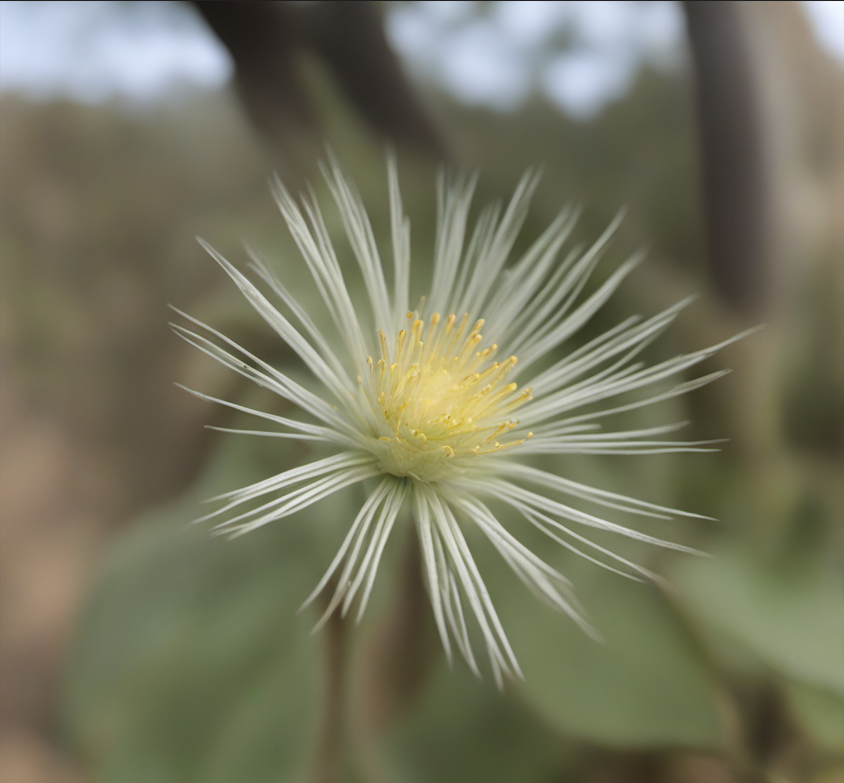Unearthing Kanna: History, Usage, and Effects
Kanna, scientifically known as Sceletium tortuosum, is a fascinating botanical with a rich history and diverse applications. Let’s delve into the roots of this unique plant, exploring its historical significance, varied uses, and the effects it offers.
Historical Roots
Kanna has deep roots in Southern Africa, where indigenous communities have used it for centuries. The plant’s history is intertwined with cultural and spiritual practices, as it was traditionally employed by the Khoikhoi and San tribes. These communities valued Kanna for its mood-enhancing properties and its ability to induce a sense of relaxation.
Cultural and Traditional Uses
Historically, Kanna was chewed, fermented, or used in teas by indigenous tribes as part of rituals or ceremonies. Its consumption was believed to induce a state of calmness and tranquility, making it a valuable tool for meditation and spiritual exploration.
Modern Usage
In contemporary times, Kanna has gained popularity beyond its cultural origins. It is now sought after for its potential mood-enhancing and stress-relieving properties. The plant contains alkaloids, including mesembrine, believed to interact with neurotransmitters, contributing to its reported effects.
Effects and Potential Benefits
Users commonly report a variety of effects when consuming Kanna, including enhanced mood, stress reduction, and relaxation. Some also describe a mild euphoria and increased sociability. The alkaloids in Kanna are thought to interact with the brain’s serotonin receptors, influencing mood and emotional well-being.
It’s important to note that individual experiences may vary, and the effects of Kanna can depend on factors such as dosage, method of consumption, and an individual’s unique physiology.
Cautions and Considerations
While Kanna is generally considered safe when used responsibly, it’s crucial to approach it with caution. Like any botanical substance, it may interact with medications or have varying effects on different individuals. Consulting with a healthcare professional before incorporating Kanna into one’s routine is advisable.
Sources:
- Gericke, N., Viljoen, A. M., “Sceletium—a review update,” Journal of Ethnopharmacology, 2015.
- Smith, M. T., “A review of the psychoactive effects of Sceletium tortuosum (Kanna),” a South African plant, 2011.
- Chiu, S., Gericke, N., & Farina-Woodbury, M., “Kanna (Sceletium tortuosum) – A systematic review of its traditional uses, botany, phytochemistry, pharmacology, pharmacokinetics, and toxicology,” Journal of Ethnopharmacology, 2014.
Our Products
Indulge in tropical joy with our Kava & Kanna shots. Relax, enhance mood, and enjoy on-the-go tranquility. Elevate your mood with each sip!
